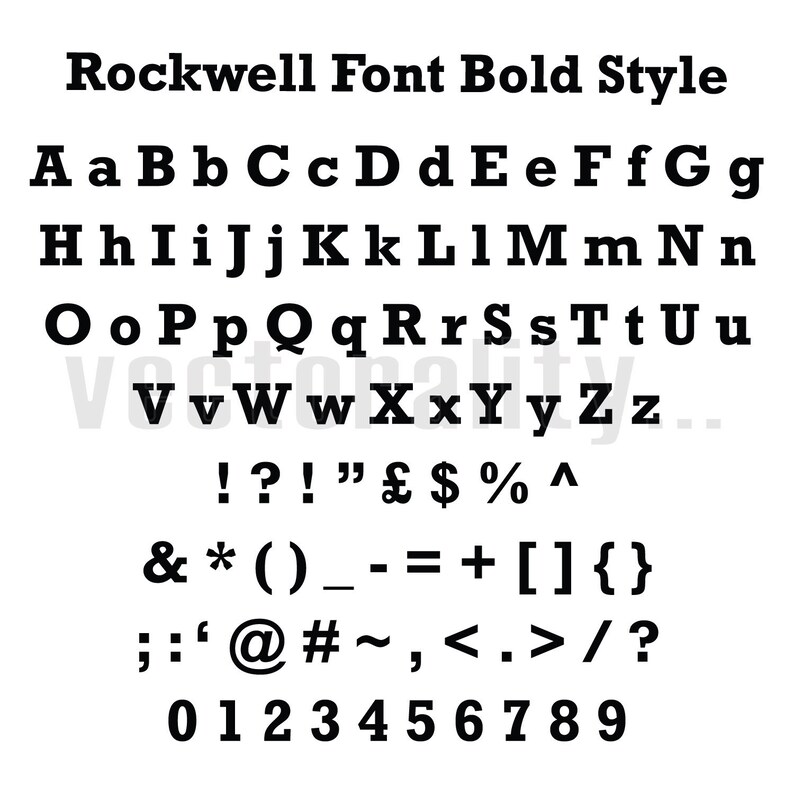
A sample of the typeface Courier, a slab serif face based on strike-on typewriting faces. A sample of the typeface Rockwell, a slab serif face based on the geometric model. History A sample of the typeface Egyptienne, a slab serif face based on the Clarendon model. Slab serif fonts were also often used in typewriters, most famously Courier, and this tradition has meant many monospaced text fonts intended for computer and programming use are slab serif designs. Some fonts oriented towards small print use and printing on poor-quality newsprint paper may have slab serifs to increase legibility, while their other features are closer to conventional book type fonts. These designs may have bracketed serifs which increase width along their length before merging with the main strokes of the letters, while on geometrics the serifs have a constant width.ĭisplay-oriented slab serifs are often extremely bold, intended to grab the reader's attention on a poster, while slab serifs oriented towards legibility at small sizes show less extreme characteristics. Others such as those of the Clarendon genre have a structure more like most other serif fonts, though with larger and more obvious serifs. Some such as Memphis and Rockwell have a geometric design with minimal variation in stroke width: they are sometimes described as sans-serif fonts with added serifs.

Slab serifs form a large and varied genre. Slab serifs were introduced in the early nineteenth century. Serif terminals may be either blunt and angular ( Rockwell), or rounded ( Courier). In typography, a slab serif (also called mechanistic, square serif, antique or Egyptian) typeface is a type of serif typeface characterized by thick, block-like serifs. Some headings and the lower passage are in Didone type, but much body text is slab serif. Slab-serif type on the heading of a Chartist poster, 1848.


For the 1956 typeface, see Egyptienne (typeface).


 0 kommentar(er)
0 kommentar(er)
